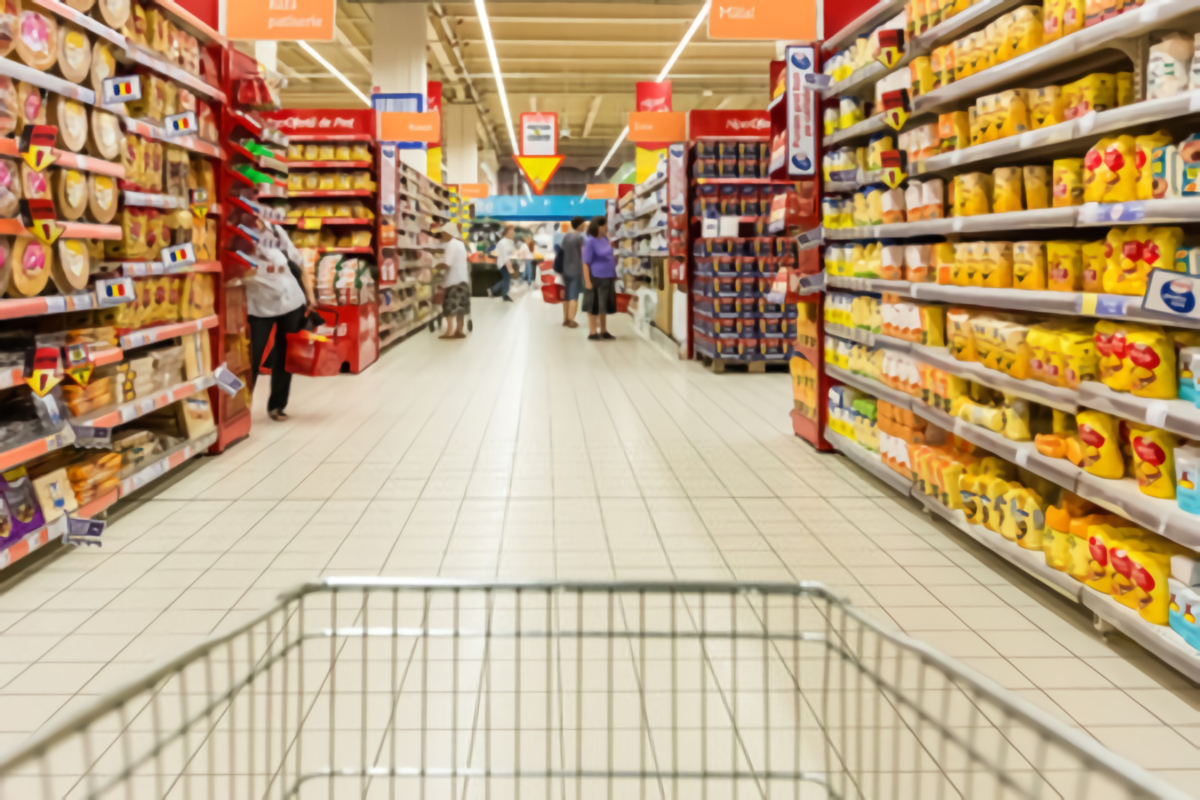After four successful decades consecutively, the trends started changing in the consumer goods industry in the last few years. The consumer goods businesses had to make more changes in the way they operate due to the effects of COVID-19 across the world. Ever since the trends shifted, the consumer goods businesses are rushing with digitization across all functions. Their supply chains are under tremendous pressure as the new-generation consumers pose new challenges and reshape the market. Consumer goods businesses now need new-age technologies adopted in their businesses, supported by digital Route-to-Market (RTM) to succeed.
Let us discuss some of these changing dynamics of the industry that are pushing consumer goods companies towards digital transformation.
Sales Vs. Growth
Leading CPG brands in different categories like Food and Beverage, Household Care, and Health and beauty care contribute to more than 50% of the total sales. However, data provided by US-Nielson from 2016 to 2020 shows these consumer goods brands have experienced only 25% of the growth in this sector, implying that the big players in the industry are not growing as expected. Additionally, the size of these companies and their non-digitized operations are causing revenue leaks. Achieving efficiency in operations to push for better growth year over year is becoming one of the primary reasons for consumer goods companies opting for digitization.


Mobile and Data
The drastic increase in the usage of mobile phones has led to a paradigm shift in shopping trends and consumer preferences. The last decade saw the slow rise of eCommerce stores and the fast growth of marketplaces. These emerging trends, coupled with the effects of the covid-19 pandemic, pushed consumers to accept advanced technology with open hands. McKinsey states that consumers have moved ahead of the curve by a decade over the months the pandemic lasted. The next decade will ensure that this transition completes, and the consumer goods companies ride on the trend, go digital and extend great consumer experiences.
Transferred Loyalty
Customers are now more prone to shifting loyalties from their favorite brands than ever. The pandemic also led to various instances of out-of-stock situations, disrupted delivery, and lockdowns that contributed to this shift. Customers discovered lesser-known brands, homegrown brands, and luxury brands that were unknown previously. Large consumer goods companies faced huge losses when this shift in loyalty became a long-term issue. Being available across all geographies and grabbing that mindshare is the solution for consumer goods companies to stay relevant. They can achieve this by digitizing their businesses and making data their core strength. Better data means actionable insights into consumer behavior for effective decisions.
Consumer Proximity
CPG companies of the past tried to fit consumers into a global size that they assumed fits all. However, CPG brands need to invest in local talent-hiring and make decisions by considering regional trends, insights, and product usage patterns. Innovating from local centres with the help of global R&D capabilities helps develop a market-specific product in weeks. The chances of scaling sales for such products are higher, as supported by data based on consumer habits. For a consumer goods business to achieve this, the route-to-market strategy should be digital yet customizable for geographies.
Growth Vs. Margin Expansion
Most CPG companies gained more profits from the margin expansion they achieved on products over the past year. Data shows us that the top 30 CPGs gained twice the profit (50%) from margin expansion while growth contributed to only 26% of the company’s profits. One of the enablers of margin expansion is operational efficiency, and digital transformation helps achieve it.
Conclusion
To tackle the open markets and penetrate deeper into existing markets, consumer goods companies need to focus on developing digital capabilities that will be scalable. The new model must focus on operating centralized distribution management, transparent operations between different hierarchies, and local decision-making capabilities to support faster growth. These new technologies should be available and accessible on mobile phones and tablets for the on-ground operations team to make the best use. Leap into a promising digital future with your consumer goods brand.